The USB2517i – JZX is a highly integrated USB hub controller chip. It is designed to expand the number of USB ports in a system, enabling multiple USB devices to be connected to a single USB host. This chip is widely used in various electronic devices, such as laptops, desktops, industrial control systems, and consumer electronics.
2. USB Interface and Compatibility
2.1 USB 2.0 Compliance
- The USB2517i – JZX fully complies with the USB 2.0 specification. It supports high – speed data transfer rates of up to 480 Mbps, as well as full – speed (12 Mbps) and low – speed (1.5 Mbps) data transfer modes. This allows it to be compatible with a wide range of USB devices, including high – speed storage devices, USB cameras, and other peripherals that support different USB speeds.
2.2 Multiple USB Ports
- The chip features multiple downstream USB ports. It can typically provide four downstream USB ports, which can be used to connect various USB devices simultaneously. Each port can operate independently, allowing different devices to communicate with the USB host through the hub. For example, a user can connect a USB mouse, a USB keyboard, a USB flash drive, and a USB printer to the four downstream ports of the USB2517i – JZX hub.
3. Power Management
3.1 Self – Powered and Bus – Powered Modes
- The USB2517i – JZX supports both self – powered and bus – powered modes. In self – powered mode, the hub is powered by an external power supply, which can provide sufficient power to all connected USB devices. This is suitable for applications where high – power USB devices need to be connected, such as external hard drives. In bus – powered mode, the hub draws power from the USB host. The chip is designed to manage the power distribution among the downstream ports to ensure that the total power consumption does not exceed the limit provided by the host.
3.2 Power – Saving Features
- The chip incorporates power – saving features to reduce power consumption when the hub is in an idle state. It can enter a low – power mode when no USB devices are actively communicating. In this mode, the internal circuits of the chip operate at a reduced power level, helping to extend the battery life of portable devices or reduce the overall power consumption of the system.
4. Data Routing and Protocol Handling
4.1 Data Routing
- The USB2517i – JZX is responsible for routing data between the USB host and the connected USB devices. When a USB device sends data to the host, the chip receives the data from the corresponding downstream port and forwards it to the upstream USB port connected to the host. Conversely, when the host sends data to a specific USB device, the chip routes the data to the appropriate downstream port.
4.2 Protocol Handling
- It handles the USB protocol stack, including packet formatting, error checking, and device enumeration. When a USB device is connected to one of the downstream ports, the chip performs the device enumeration process, which involves identifying the device type, its supported functions, and negotiating the data transfer speed. It also ensures that the data packets are correctly formatted and transmitted according to the USB protocol, providing reliable data communication between the host and the devices.
5. Device Detection and Configuration
4.1 Device Detection
- The USB2517i – JZX can detect when a USB device is connected or disconnected from one of the downstream ports. It monitors the electrical signals on the ports and can quickly detect changes in the connection status. When a new device is detected, it initiates the device enumeration process to configure the device for communication.
4.2 Configuration and Control
- The chip allows for configuration and control of various parameters, such as the power management settings, the data transfer speed of each port, and the device – specific settings. These configuration options can be adjusted through the USB host using standard USB control commands. This provides flexibility for system designers to optimize the performance of the USB hub according to the specific requirements of the application.
6. Thermal and Over – Current Protection
6.1 Thermal Protection
- The USB2517i – JZX has built – in thermal protection mechanisms. It monitors the internal temperature of the chip, and if the temperature exceeds a certain threshold, it takes measures to reduce the power consumption or shut down the chip to prevent overheating. This helps to ensure the reliability and longevity of the chip, especially in high – power or high – ambient – temperature environments.
6.2 Over – Current Protection
- Each downstream port of the chip is equipped with over – current protection. If the current drawn by a connected USB device exceeds the rated current limit of the port, the over – current protection circuit will activate and disconnect the port to prevent damage to the chip and the connected device. This provides an additional layer of safety for the USB hub and the connected devices.


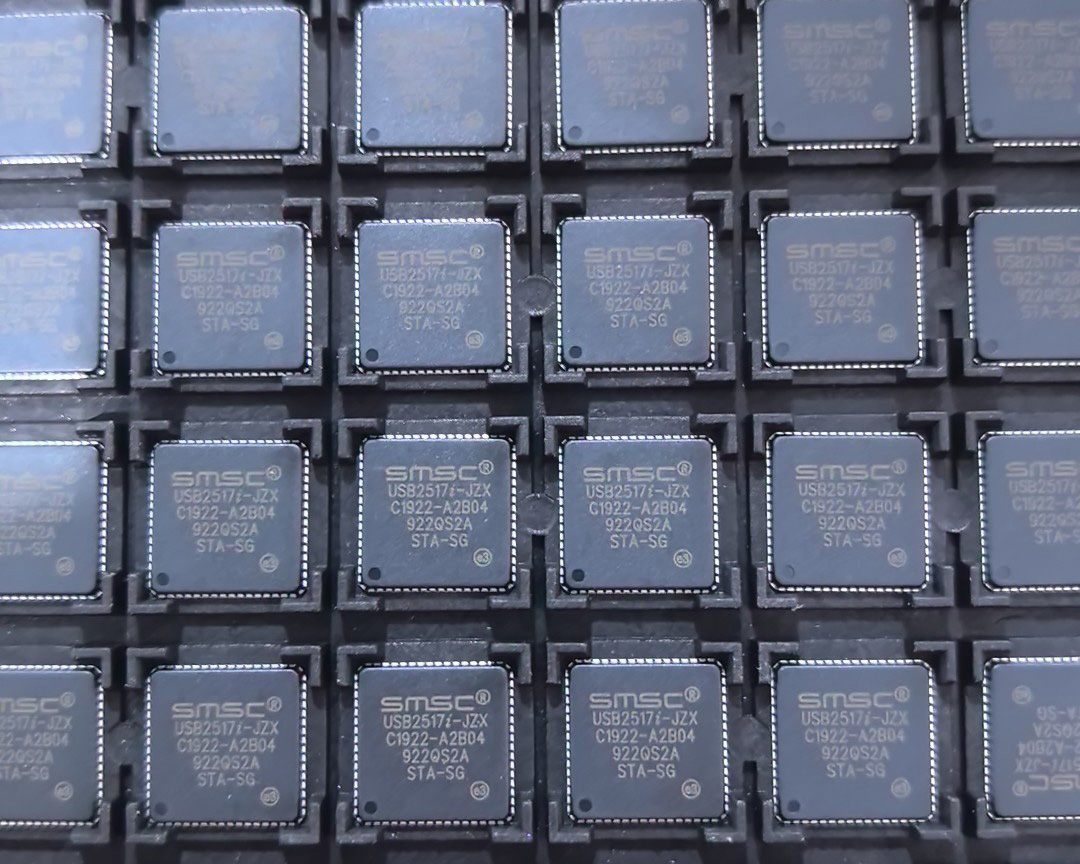
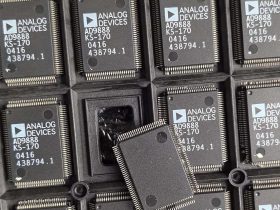


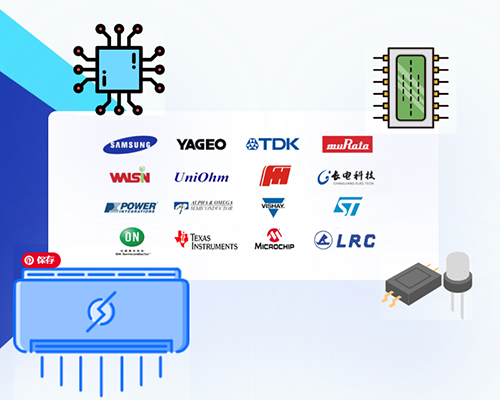

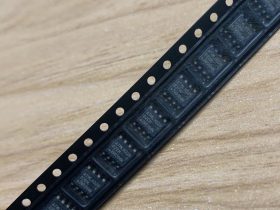
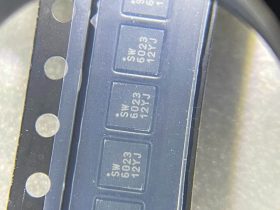
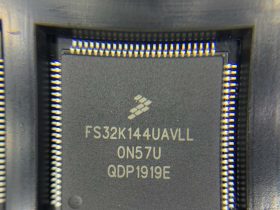
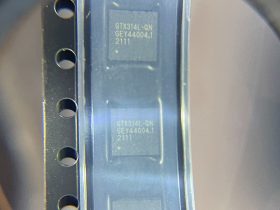
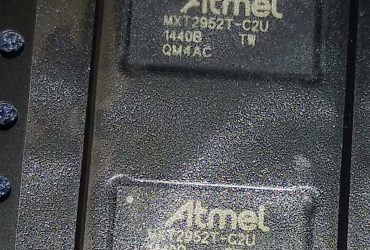
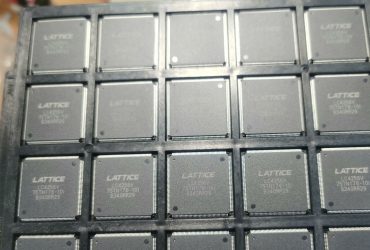
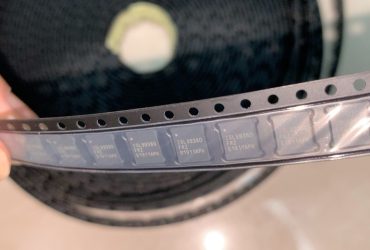
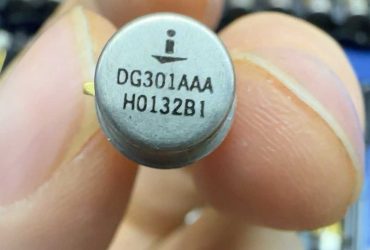
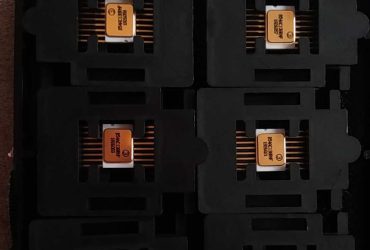
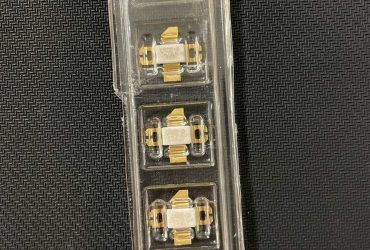
Leave a Reply